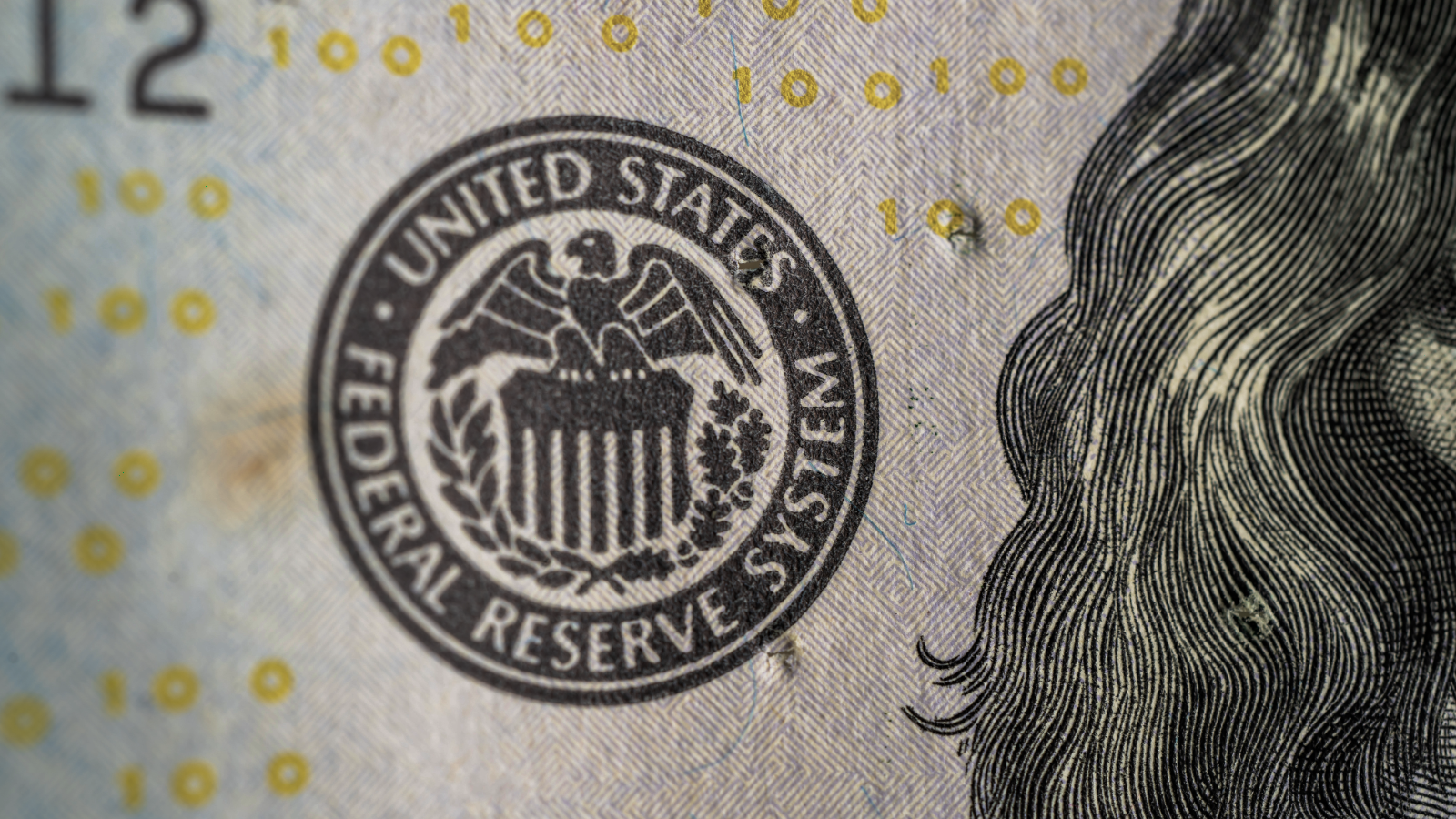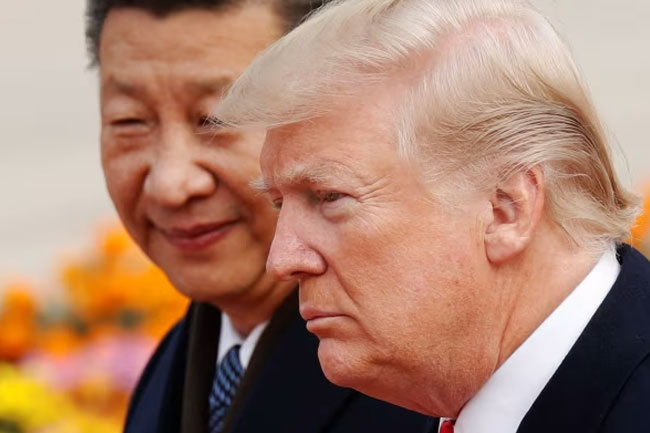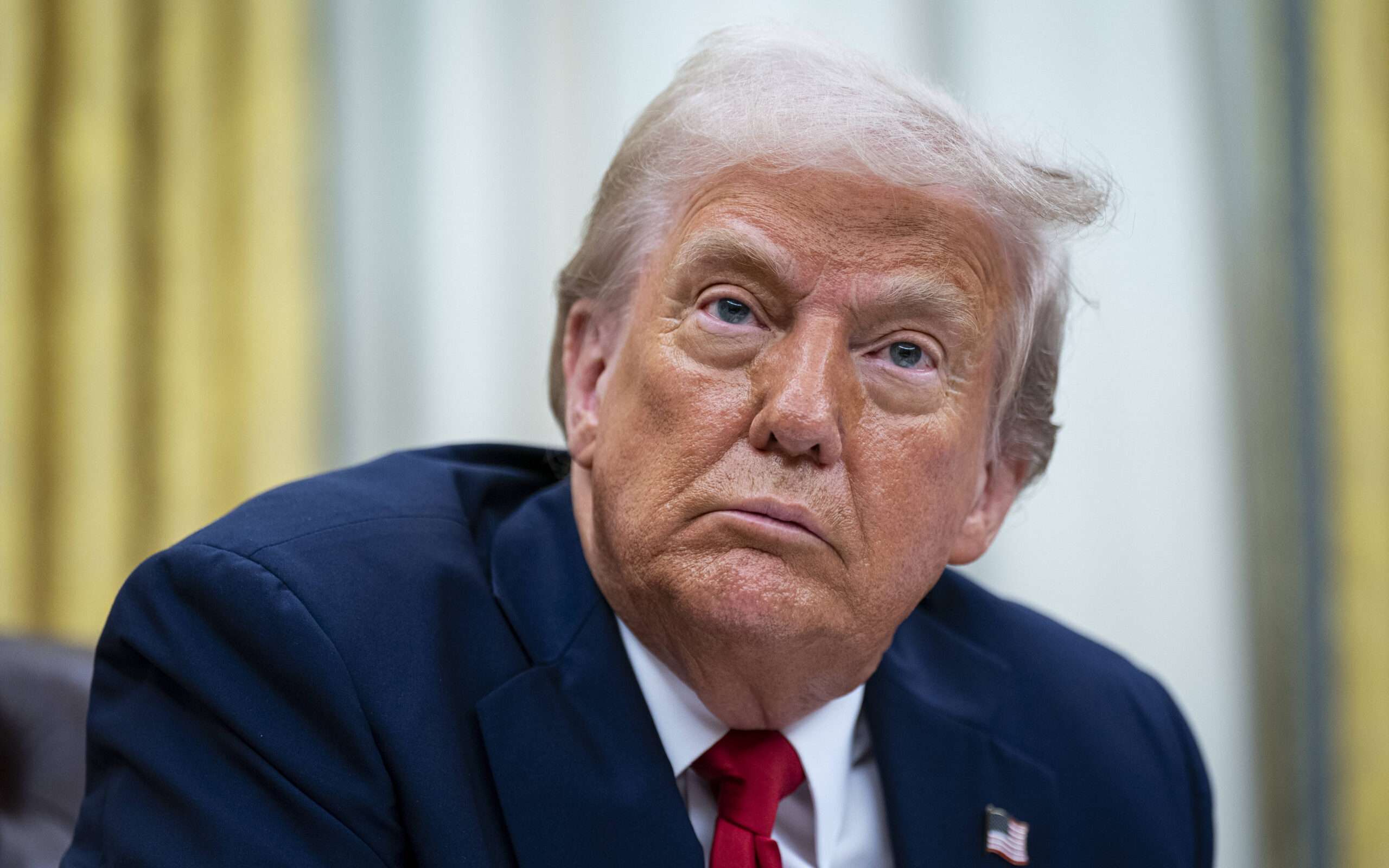Serbia: A Nation Divided by Protests and Politics
An in-depth look into Serbia's ongoing political crisis, where student-led protests challenge government power amidst allegations of corruption and calls for reform.
Published April 16, 2025 - 00:04am

Image recovered from mid-day.com
Amidst a turbulent political landscape, Serbia finds itself at the crossroads of civil unrest and governmental reaffirmation. The spotlight is on President Aleksandar Vucic's government as it grapples with widespread protests led by university students, who have taken to the streets in mass demonstrations following a catastrophic incident in Novi Sad. In November, a train station canopy collapse resulted in 16 deaths, an event that many within the nation attribute to systemic corruption and negligence.
These tensions have erupted into a formidable protest movement, spearheaded by the nation's youth, demanding justice and accountability from their leaders. The protesters are not simply calling for answers regarding the tragedy but are pushing for broader reforms to cleanse state institutions of corrupt practices that they believe have run rampant under Vucic's administration. The movement's decentralization and lack of formal leadership have posed challenges for the government in terms of effectively addressing and containing it.
In what is perceived as a counter-maneuver to quell the dissent, President Vucic has announced the formation of a new overarching political movement called “For the People and State.” This initiative aims to consolidate his support base and challenge the growing influence of the student movement. However, this has also raised eyebrows as critics argue that the so-called new movement is merely a facade created by the state to simulate a public uprising supporting the status quo.
Despite these attempts at quelling opposition, college campuses across Serbia remain vibrant centers of activism, with students asserting their right to advocate for governmental transparency and accountability. The protests have drawn participation not only from the student body but also from broader civil society groups, including professionals and locals who want an end to perceived governmental overreach and corruption.
In a bid to solidify support and perhaps to distract from internal dissent, Vucic's rally, held in the heart of Belgrade, was marked by its own theatricality. The authorities went as far as to provide transportation for participants from around the country, including neighboring regions such as Bosnia and Herzegovina and North Macedonia, showcasing a semblance of wide-reaching support.
However, the narrative extended beyond national borders as foreign analysts observed, with interest or concern, Serbia's unfolding political drama. The scene is further complicated by accusations against Western influences allegedly fueling the protests, a claim frequently leveled by Vucic's government. Such assertions suggest a narrative of domestic strife stirred by international meddling, adding a layer of geopolitical intrigue to the already complex situation.
Notably, the recent situation has strained Serbia's already volatile political climate, one characterized by a struggle for power and a youth movement determined to secure systemic change. As tensions continue to simmer, the Serbian populace's call for a return to normalcy and fairness resonates through their demands for full disclosure of the Novi Sad incident's investigations and the cessation of oppressive legal actions against protestors.
In this unfolding saga, both sides stand firm: the government seeking to maintain its position through mobilization efforts and political rallies, while student protestors and their allies remain steadfast in their demand for governmental accountability and reform. Serbia's journey ahead appears fraught with complexity, the resolution of which remains uncertain as competing narratives shape the nation's path forward.







